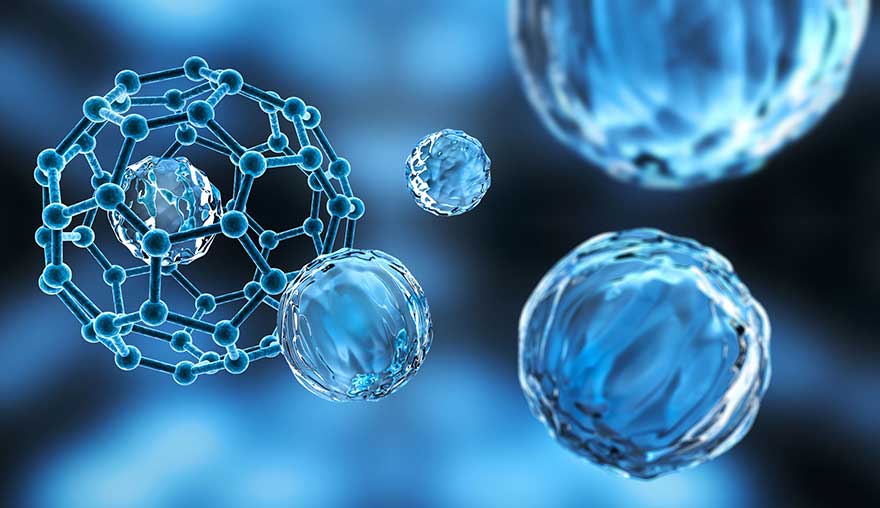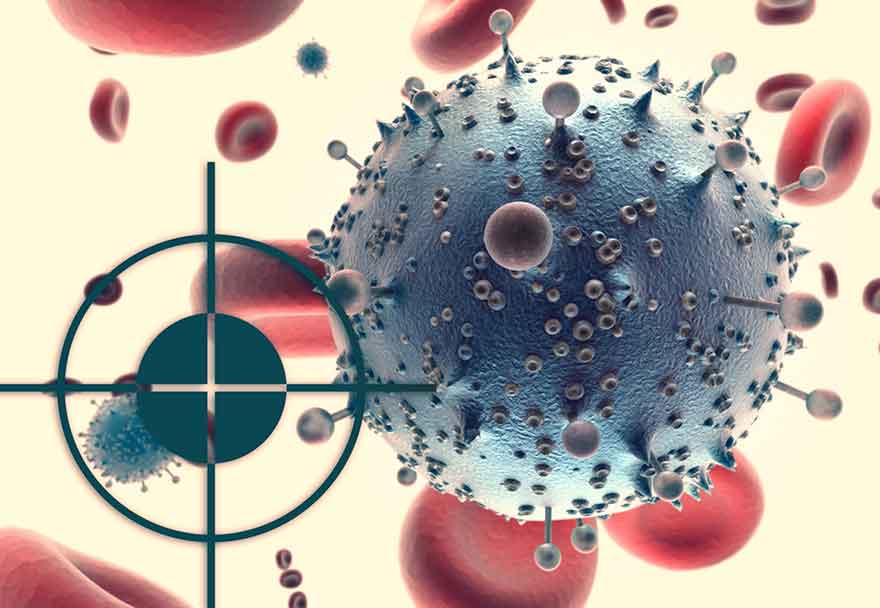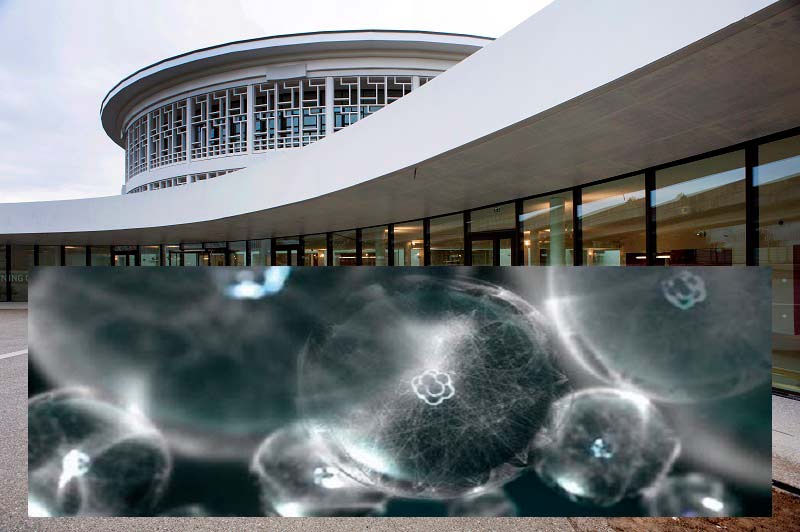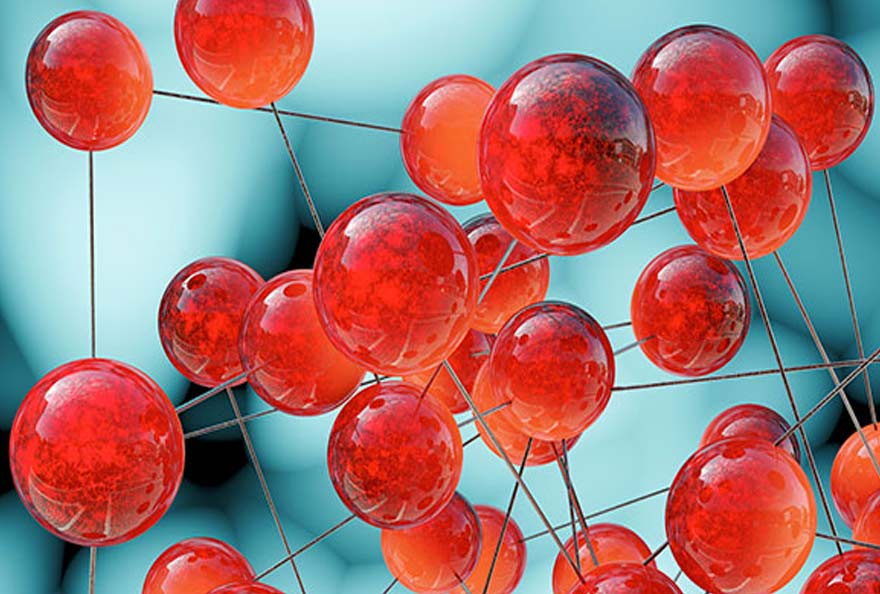Can nanomaterials be harmful and do they present a risk?
What are the environmental risks of nanoparticles?
What are the main gaps in knowledge?
TO BE FOLLOWED : Day NanoLille on March 10, 2017: "The production, activities and uses of nanos: the conditions of trust". - This discussion day is aimed at all actors involved in nanotechnologies or interested in their development and their social and economic implications. It aims to provide a particularly well-informed overview of the available knowledge and gaps in each of the fields concerned by the development of nanomaterials and nanotechnologies, and to promote collective reflection capable of setting out the prerequisites for the sustainable and responsible development of these new technologies.












